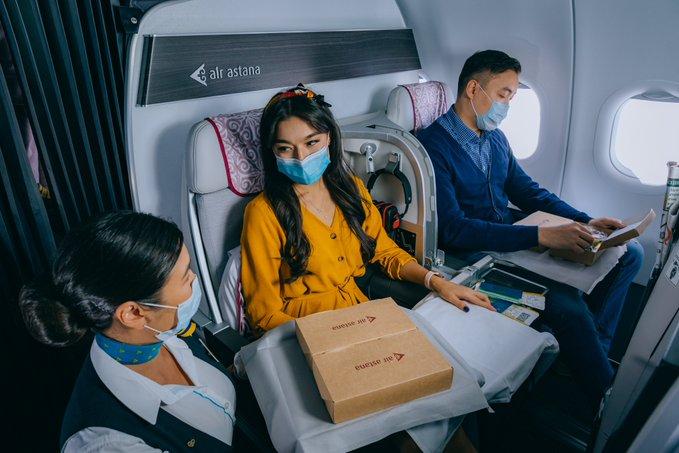
A new study by a group of travel experts set out to determine what percentage of business travel may be permanently lost in the post-COVID-19 era
The results weren’t pretty.
Produced by the IdeaWorks consultancy, the study took a novel approach by dividing business travel into seven categories, and then drawing on a variety of data sources to estimate each share’s percentage of the whole in a given year. Next, they turned to the question of how each category would be affected by the embrace of technology as a substitute for travel.
For each subset of corporate travel, the study’s authors assigned a high and low estimate for how much demand could be replaced by technology. Taken together, the study concluded that airlines will lose out on 19% of pre-pandemic business travel under a best-case scenario, and as much as 36% under a pessimistic outlook.
The most at-risk categories consist of travel for internal corporate purposes. For example, one of the most vulnerable subsets is intra-company meetings, which normally makes up around 20% of all business travel. The study found that between 40% and 60% of this traffic will disappear in the future, as companies look to make use of new technologies adopted during the pandemic to replace costly companywide meetings and staff retreats.
Another at-risk category is commuting by air, which normally represents 5% of all business travel. The study estimated that between 40% and 60% of commuter demand will also be lost in the future, reflecting a lessened need for employees to make periodic appearances at the office. Essentially, many commuters before the pandemic will be permanently reclassified as remote-workers in the future.
Travel for external purposes, by contrast, appears far more resilient, but will also see some lost demand on the other side of the pandemic. The safest form of corporate travel appears to be that which is aimed at sales and securing clients, which normally makes up 25% of total business travel. The study estimates this category will lose between zero and 20% of future demand—less than any other subset—reflecting the continued need for firms to be physically present when competing for new business.
Also relatively safe are convention and trade shows, which usually comprise around 20% of all corporate travel. Travel for this category will see estimated losses of between 10% and 20%, reflecting the need for firms to be physically in attendance at such events, although a smaller portion of conventions will likely be displaced by technology.
The finding that as much as 36% of future business travel demand may disappear holds huge implications for legacy airlines, which depend on the segment for a large chunk of their revenues. LCCs, on the other hand, which mainly cater to leisure and visiting friends and relatives (VFR) traffic, should be relatively insulated from the immediate impacts of the shift.
So, what can legacy airlines do to bolster their position amid the projected upheavals in business travel? The study laid out a number of recommendations, ranging from replacing some lie-flat business seats with premium economy seating to rethinking frequent flier programs and embracing ancillary fees to better compete for leisure travelers.
The longer the pandemic stretches on, the more firmly ingrained new work habits and technologies will become. Legacy airlines will have to take a page out of the LCC playbook, and learn to think more like leisure carriers, if they want to maintain or grow their market share in the post-pandemic world.





